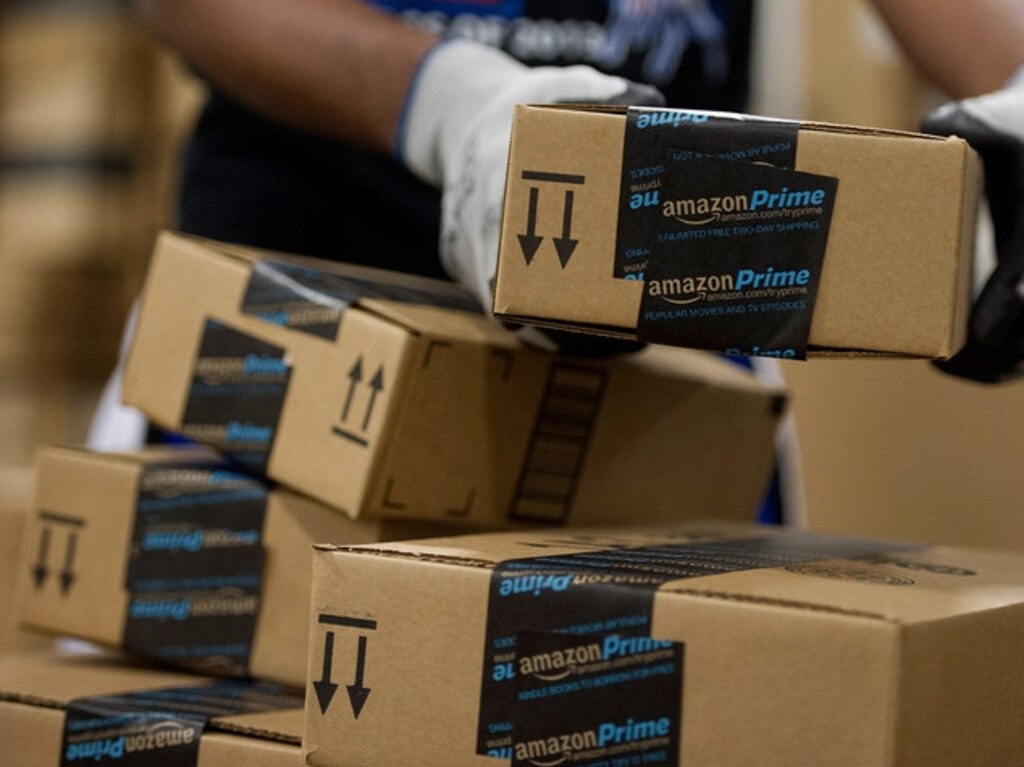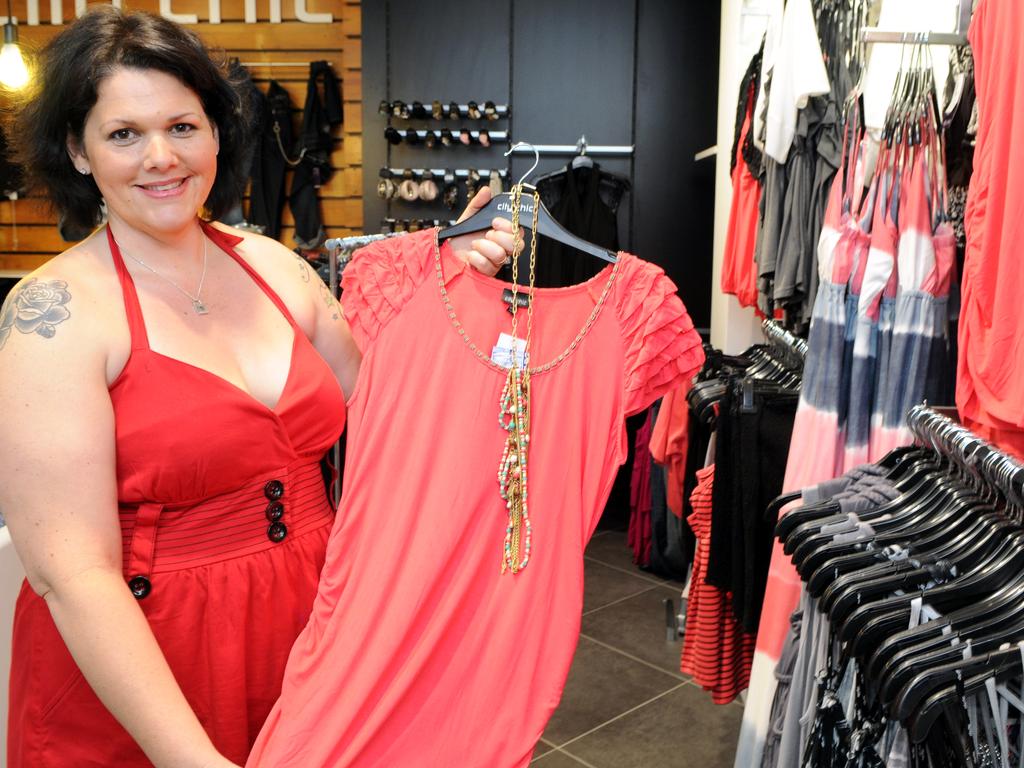Watch this space: Tissot clocks up sales in timely online switch
Swiss watch company Tissot’s online sales have surged more than 300 per cent since the COVId-19 pandemic emerged.

Consumers have made the leap of faith to buy furniture, couches and jewellery online and so it shouldn’t be a surprise that pricey Swiss watches are also being bought online, picked out and packed in the mail to end up on someone’s wrist.
Tissot, the Swiss watch company founded in 1853 and the first watchmaker to mass-produce pocket watches, is living this reality in Australia — far from its homeland in the Swiss city of Le Locle in the Jura Mountains — where online sales have surged more than 300 per cent since the COVID-19 pandemic emerged.
“Our online sales have exploded,’’ Tissot’s Australia-based general manager Scott Jungwirth told The Australian, saying that despite two out of his three stores closing because of stage four restrictions in Victoria there is still a brisk trade in Swiss timepieces.
“It has really exploded, and a lot of retailers in our industry are catching up to the trend. I think in an industry that has historically been quite tactile in the way that you look at a watch, hold it, you touch it, you play with it before you purchase it, it is challenging that mindset now that you don’t need to be tactile.
“If products look good consumers are happy to buy.’’
This has encouraged Swiss watch brands like Tissot, owned by Swatch, to invest heavily in their online platforms and digital interactions with customers, as in some respects shoppers have raced ahead of the industry to not only accept but demand luxury Swiss timepieces be available online. Consulting group Bain & Co has predicted that luxury products will grow from only generating around 9 per cent of sales online to around 25 per cent before the end of the decade. The traditional Swiss watchmaking community is taking note.
“In some ways many retailers were ahead of the curve and are experiencing great results online, and other retailers are really playing catch-up as they get their websites up to speed, getting the e-commerce function working as well as possible,” Mr Jungwirth said.
But the Swiss watch industry is still learning how to transmit that sense of style, luxury and occasion over the web.

“I think we have got some ways to come as a brand and as an industry in the way that we present our brand online, in a way that we create absolute certainty and trust with the customer, the way the photography works, the way the information is presented, there is still a lot more we can do,” he said.
Then there is that leap of faith in spending so much money online on a single purchase, such as a pricey Swiss watch.
“I remember years ago when you would book your first international flight online and parting ways with $2000 or $3000 online seemed such a leap of faith, even though you knew the airline, you just hoped it came back as a ticket. Customers now don’t have any concerns spending thousands of dollars online. We are seeing that across the board.”
Tissot in Australia has not been ignoring its bricks and mortar assets, however. It has around 165 points of sale but has also plunged further online including recently launching their products across popular online marketplace The Iconic as well as expanding their own e-commerce offering on the Tissot website.
When asked to place Tissot among the world of Swiss watches Mr Jungwirth describes the brand as “affordable luxury” — its entry price is around $400 and can go as high as $1500.
“We really do have a price point that appeals to anyone and everyone … the reason we get those price points is we manufacture over four million watches each year,” he said.
“When you look at the Swiss watch industry, in exports, one in four watches that comes out of Switzerland is a Tissot, so when you have those volumes you can create manufacturing efficiencies and what that allows us to do is create great value timepieces, great materials, great innovations, things often you will see in our watches that you are paying two or three times the price in other brands.’’
Tissot’s sales have grown in the last few months after some setbacks at the beginning of the COVID-19 pandemic.
“When you remove the impact of tourism and travel and the lockdown in Melbourne, our last month we grew on last year, we actually had some positive growth.’’








To join the conversation, please log in. Don't have an account? Register
Join the conversation, you are commenting as Logout